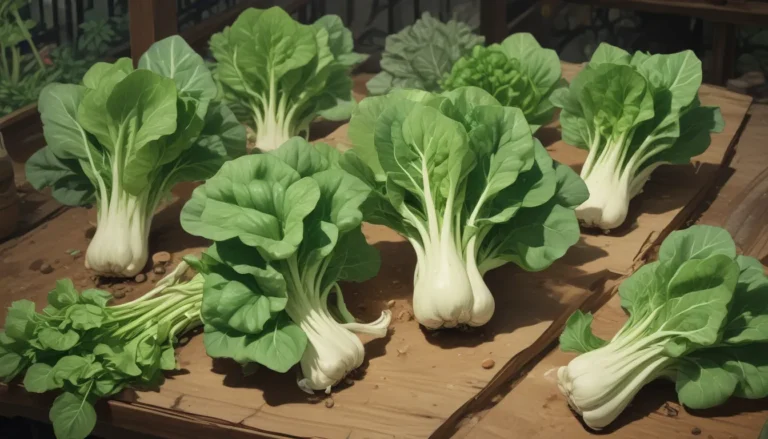Understanding and Managing Downy Mildew in Roses

Roses are undeniably beautiful ornamental plants that can add a touch of elegance to any garden. However, as any seasoned rose gardener knows, these stunning blooms are not without their challenges. One common issue that many rose growers face is downy mildew, a pesky disease that can wreak havoc on your beloved plants.
In this comprehensive guide, we will delve deep into the world of downy mildew, exploring its causes, symptoms, spread, prevention, and control. By the end of this article, you will be equipped with the knowledge and tools to effectively manage this common rose disease.
Unraveling the Mystery of Downy Mildew
Before we dive into the specifics of downy mildew, let’s take a moment to understand its root cause. Downy mildew is caused by Peronospora sparsa, a pathogen classified as an oomycete or water mold. Contrary to popular belief, oomycetes are not fungi but belong to a distinct group that is more closely related to algae.
This pathogen thrives in cool, wet conditions, with temperatures between 59 and 64°F providing the ideal environment for its growth. High humidity levels and excess moisture further facilitate the spread of downy mildew, making it a common concern for rose growers worldwide.
Identifying Downy Mildew Symptoms
Spotting downy mildew on your roses can be tricky, as the symptoms often mimic other leaf diseases. Look out for irregularly-shaped spots in purple, maroon, or dark brown hues on the leaf surface. These spots may enlarge and eventually reach a leaf vein, creating a distinct border.
As the disease progresses, you may observe dark spots on stems and flower petals, accompanied by the yellowing of leaves and premature leaf drop. Flip over a leaf to check for gray or white spores on the underside, indicating the presence of the pathogen.
Understanding the Spread of Downy Mildew
Downy mildew spores can travel through water, wind, tools, and clothing, making it highly contagious. Overwintering on plant debris allows the pathogen to survive and infect new plants when conditions are favorable. Poor air circulation, crowded plantings, and overhead watering create an ideal environment for the disease to thrive.
Prevention Is Key
Preventing downy mildew is more effective than attempting to control it once it takes hold. Maintain proper plant spacing, prune regularly, and water at the soil level to reduce moisture on foliage. Clean gardening tools between plants, remove debris in the fall, and follow recommended planting distances to minimize the risk of infection.
Effective Control Strategies
If downy mildew strikes your roses despite your best efforts, don’t despair. Rotating fungicides containing Geraniol or copper can help combat the disease. Apply these treatments according to the manufacturer’s instructions, alternating between products every three weeks until symptoms subside.
While complete eradication of the disease may be challenging in severely infected plants, early intervention and consistent treatment can restore the health of your roses. Consider removing heavily infected plants and treating surrounding roses preventatively to curb the spread of downy mildew.
Conclusion: A Bright Future for Your Roses
While downy mildew can pose a threat to your rose garden, armed with the knowledge and strategies outlined in this guide, you can effectively manage this common disease. By taking proactive measures to prevent infection, promptly identifying symptoms, and implementing control measures when needed, you can safeguard the health and beauty of your roses.
Do you have any experience with downy mildew in your rose garden? Share your insights in the comments below. Let’s learn from each other’s experiences and work together to cultivate thriving, disease-resistant roses.
If you found this guide helpful, be sure to explore our other resources on rose care, including tips for getting started with growing roses, troubleshooting common rose issues, and enhancing your gardening skills.
Together, we can nurture vibrant, flourishing rose gardens that bring joy and beauty year-round. Happy gardening!





